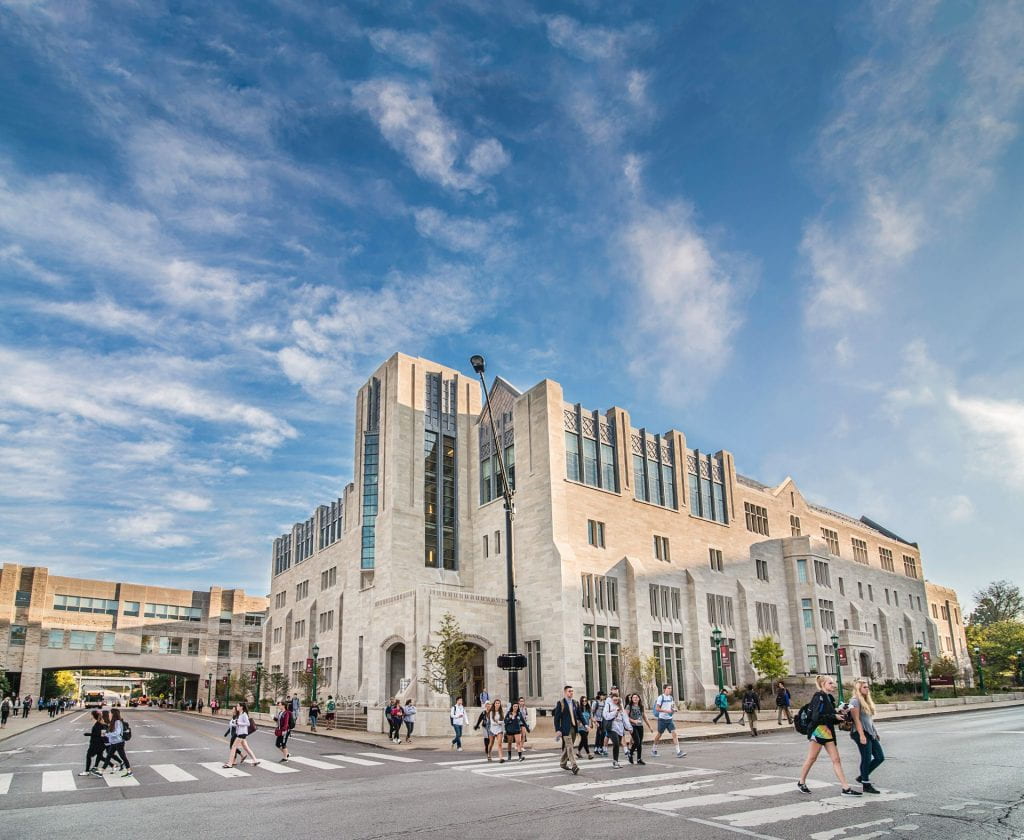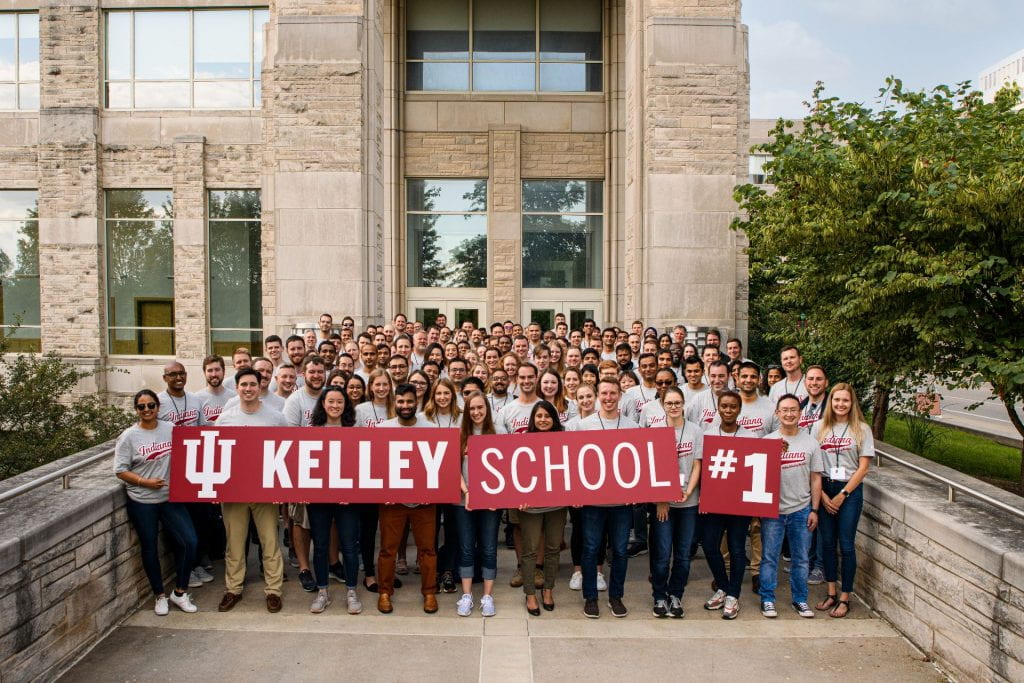
Before earning an MBA at Kelley, Daniel Keller excelled on the soccer pitch (Photo/NASL)
BLOOMINGTON, Ind. – Media reports have well chronicled the “Great Resignation” and provided many examples of professionals working in healthcare environments, pharmacies and schools who have left careers due to burnout, stress and changing priorities.
The Full-Time MBA Program at the Indiana University Kelley School of Business on Feb. 24 is launching its new, free webinar series – “Career Exploration” – which will feature alumni who will discuss their experiences in “extreme career pivoting.”

Before coming to Kelley, Whitney Hamilton worked at a museum
The five alumni — who previously had careers as a crime victims’ advocate, as a professional soccer player, a schoolteacher, a football coach and a museum manager — will share their stories and their experiences transitioning into successful roles in marketing, as supply chain managers, development and human resources.
The live webinar — from 8 to 9 p.m. (Eastern) – also will feature information and tips from Kelley faculty and MBA students about pursuing careers in a specific job function.
Participants will include:
- Johnna Alig, a Class of 2019 Consortium and Forté Fellow who previously was a crime victim compensation director for a district attorney’s office in Colorado and today is a Lean Six Sigma Black Belt and project manager for Avient Corp.
- Luis Sifuentes, also a Class of 2019 Consortium Fellow who previously was a history teacher and today is a senior HR lead for Owens Corning.
- Whitney Hamilton, a Class of 2020 Consortium and Forté Fellow who was manager of visitor services and experiences at the DuSable Museum of African American History in Chicago and now serves as a senior advisor and workstation cycle planner at Dell Technologies.
- Daniel Keller, Class of 2020, who fulfilled a lifelong dream of playing professional soccer, having been drafted in 2014 by the Los Angeles Galaxy of Major League Soccer and playing three seasons with the Indy Eleven of the United Soccer League. He today is at IU Health as a member of their Management Rotational Program, working in the internal corporate development function where he focuses on strategic transactions/partnerships.
- Clark Smith, Class of 2019, previously a middle school math teacher and football coach and today a product manager at Corteva Agriscience.
Register and learn more about their experiences and get great advice on how to make your own career transition.








 “It creates an interesting challenge. There is more airtime available and the controversy is stoked. The athletes deserve the support. In fact, they depend on it. But with the U.S. government not sending a delegate, it creates an air of caution,” Saxton said, adding “the U.S. government has not expressly said that companies cannot advertise.
“It creates an interesting challenge. There is more airtime available and the controversy is stoked. The athletes deserve the support. In fact, they depend on it. But with the U.S. government not sending a delegate, it creates an air of caution,” Saxton said, adding “the U.S. government has not expressly said that companies cannot advertise.








